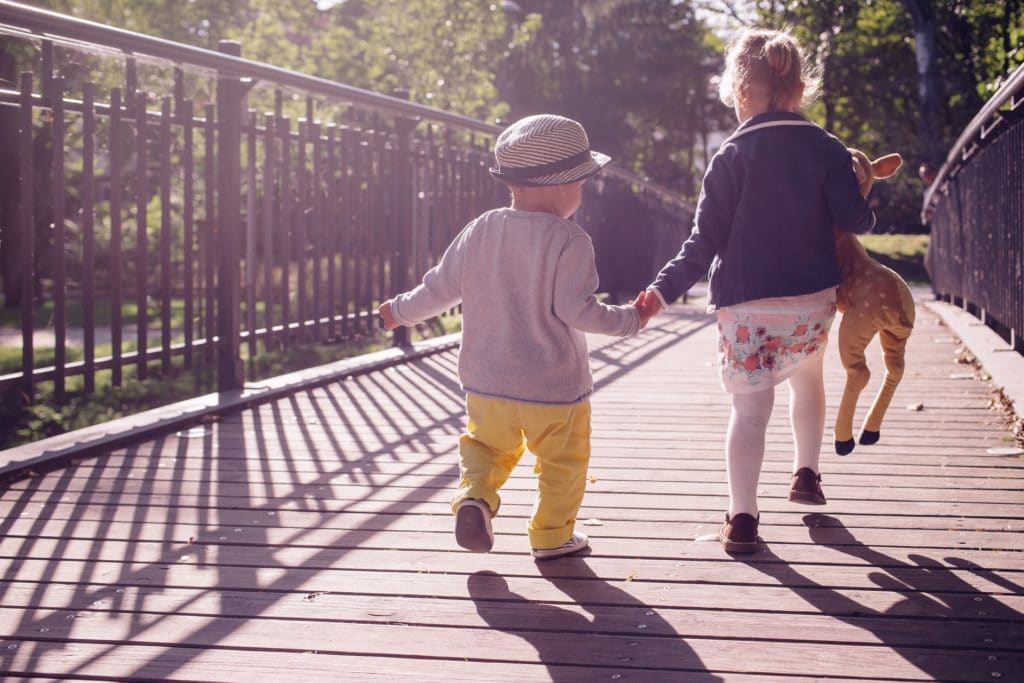Adoptions are beautiful, inspiring stories of loving parents and a child given a new hope. A lot of these stories touch the heart and encourage others to participate in the process of adoption.
This is why the organization Ava Rose Taylor Adoption encourages photographers to broaden their specialization in Adoption Photography. Aside from focusing on the common genres of photography such as events, travel, portraits, or product-related shoots, photographers all over the world can contribute to the good cause of adoption photography.
If you are wondering how you can tell an adoption story through photography, here are some of the steps you can make your own chronological photo progression.
Start with the child’s background
Children who are being adopted came from either a parent who cannot afford to take care of them or from abusive homes. Starting from this point of the story can help make the situation more concrete of the child in need of help.
At this stage, you cannot recreate the situation through a photo, but you can make shots of the child’s face, along with some elements that may symbolize this past. It could be stuff toy that he still has, or her hands clasped together eyes with a unique lighting, and other artistic or dramatic shots.
Move on to the parents’ background.
As the story progresses, Ava Rose Taylor Adoption suggests that it’s time to give a background about the parents and their desire to have a child of their own or to welcome a new member. Some parents who adopt suffer from problems in infertility and others would just simply want to adopt children out of their good hearts even if they have families of their own.
Helping the viewers understand this story by showing pictures of their present family, the couple seated together, and the other activities that they do to help in the community can put the couple in a good light.
Capture the first moments of meeting each other.
The first moments of the child meeting his or her potential adoptive parents for the first time is an emotional one. It is best to capture the joy and the element of “coming home” in these photos.
You can use warm lighting and a chronological progression of the child waiting in anticipation as the parents arrive at the place where the child is. At this moment, it would be best to capture hugs, smiles, and tears of joy. This makes the story heartwarming and captivating to the audience.
Highlight the child’s positive traits.
After having their decision to adopt a child, most parents would state the reason why they made their choice. Some would enumerate the reasons why they did. At this point, you can show pictures of the child smiling, participating in events, or showing his positive traits on camera. The segment of this story is to help viewers understand why the parents made their decision to adopt this child from the rest, and why they felt the connection was there.
If other children are part of the story, you can also include the parents’ children interacting well with the potential adoptive child.
Place a final photo of everyone together.
Last but not the least, the ending should symbolize the unity of the adoptive parents and the child. In this photo, all members of the nominal family should be together. It could be shown in a professional studio, in their home, or in a place that’s significant to them.
These last photos show the “happy ending” that an adoption story brings. If you are looking into starting your own adoption photography business, make sure to follow this template for a sure-fire effective storytelling.


